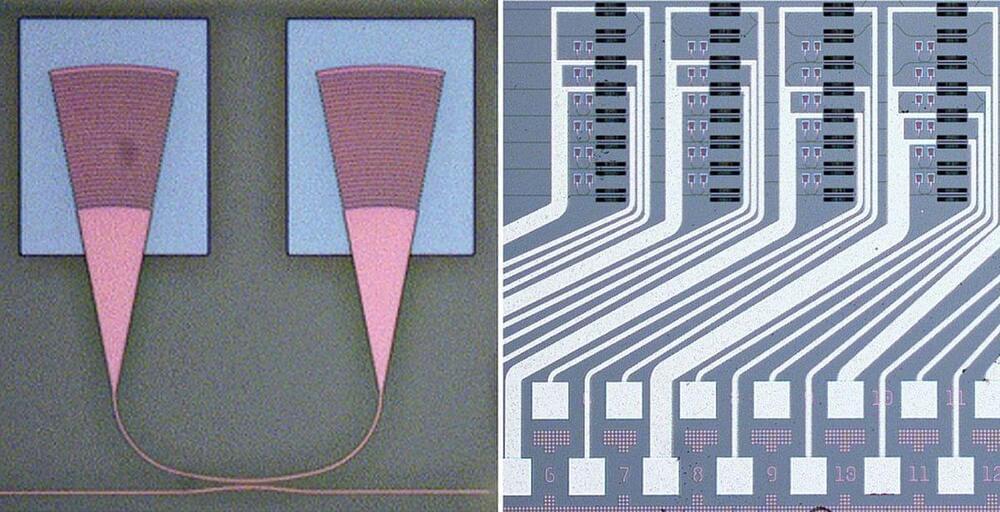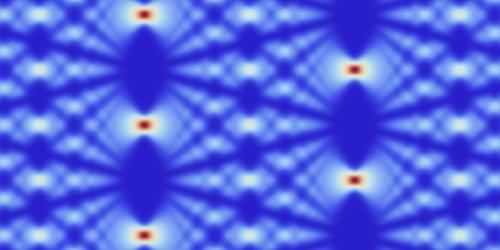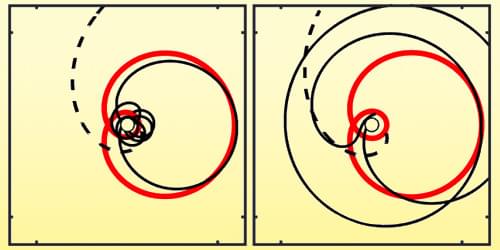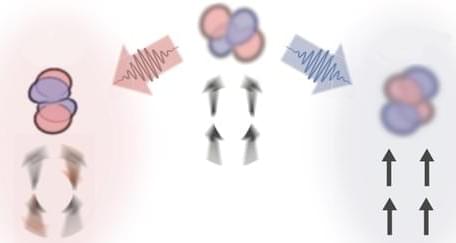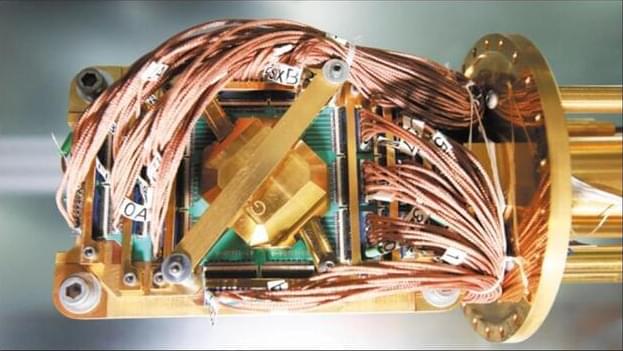Co-Founder & CTO of Datametica Solutions, leading the company’s long-term technology vision and ensuring alignment with business strategy.
With the advantages of scalability, enhanced performance and cost-effectiveness, cloud platforms have evolved as a substitute for legacy data warehouses and data lakes. Data warehouse modernization is often the top priority for businesses in present times.
According to Gartner, by 2025, 95% of digital workloads will be hosted in the cloud, which means almost all of us are busy building our cloud migration strategy. However, when developing a seamless cloud migration strategy, people often overlook ETL migration or treat it as an afterthought. This is where you unintentionally invite problems with performance and costs. If you fail to modernize your ETL processes, your company’s analytical data platform could be doomed.

